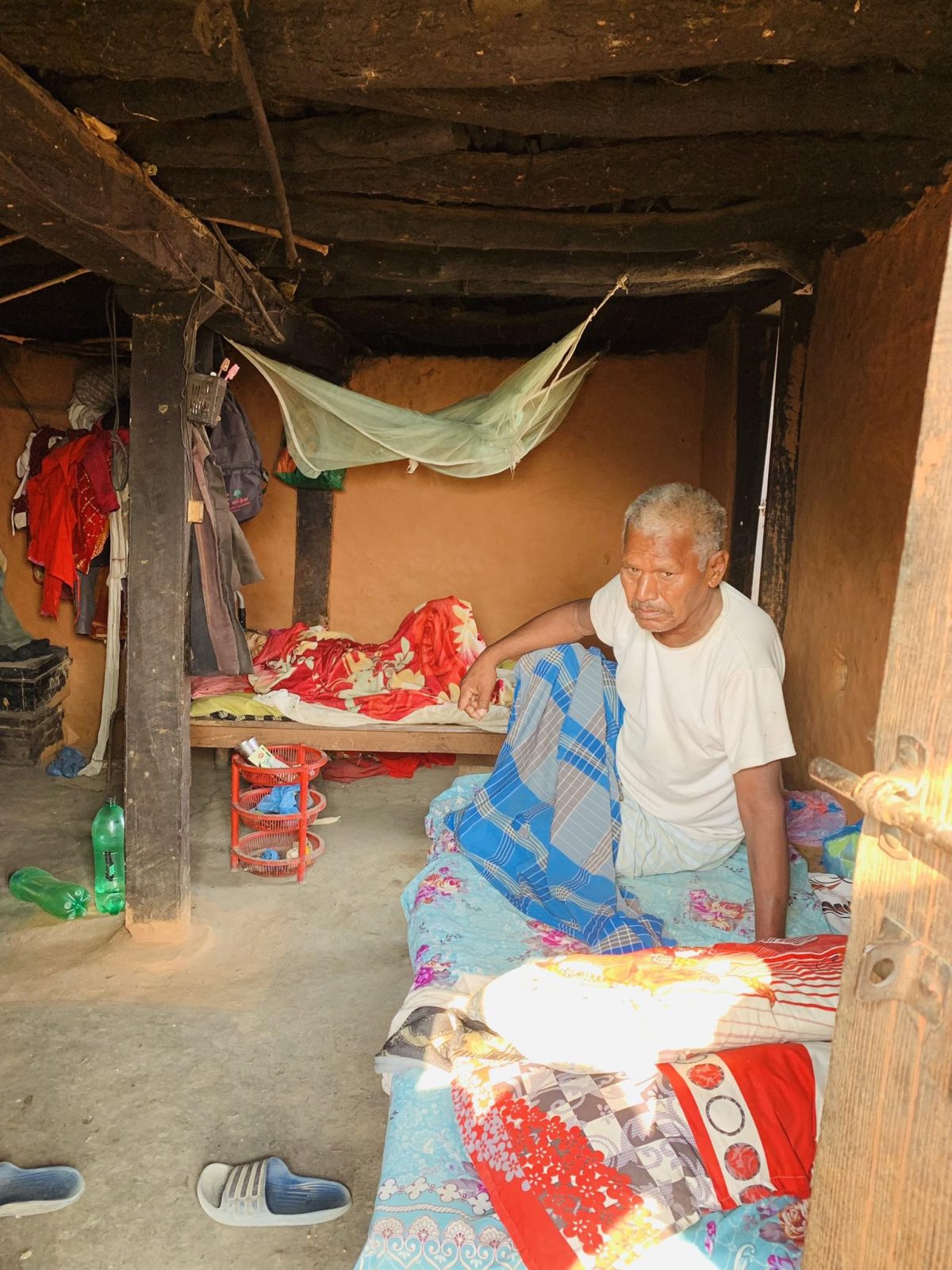In the small town of Hatey Chaur, in the Manthali municipality, nestled in the scenic terrains of Nepal’s Ramechhap district, Rajkumar Majhi, aged 60, keeps an old fishing net displayed on the balcony of his home —a poignant reminder of a livelihood slipping away.
The Majhi community, an indigenous group known for its deep-rooted history along the Koshi River and its tributaries like the Sunkoshi and Tamakoshi, is confronting the stark reality of displacement. For centuries, they thrived on fishing and ferrying across these waters, living harmoniously with the rhythms of nature. However, the community’s traditional way of life began to unravel following the end of the Maoist insurgency in 2006, which ushered in rapid urbanization and a real estate boom in Manthali with unregulated buildings spreading across the region. This, coupled with the severe impact of environmental changes, has led to a dwindling water level in the rivers and a dramatic reduction in fish stocks.
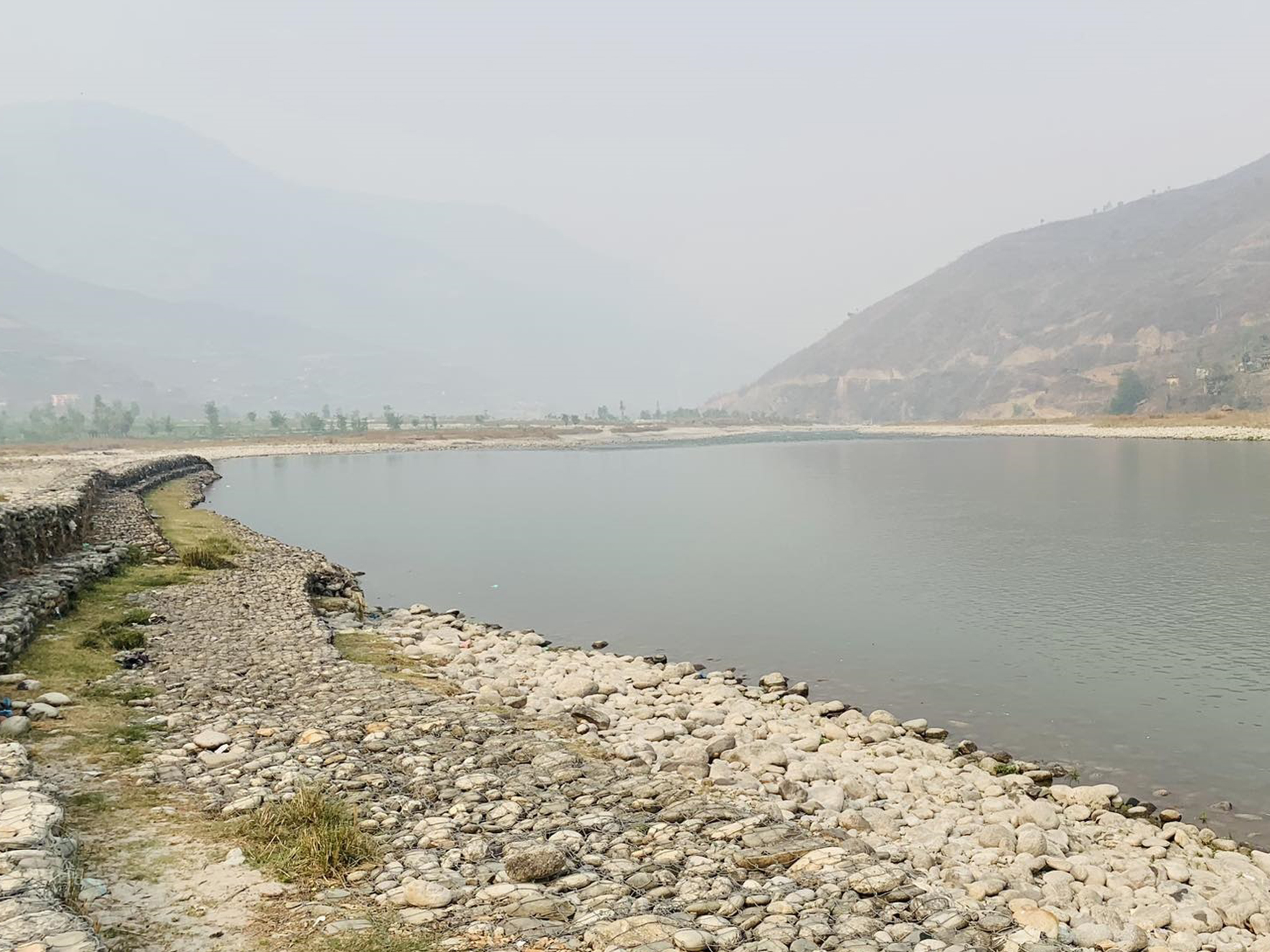
The younger generation has largely migrated abroad in search of better opportunities, leaving the elderly and a few others behind to grapple with the changing landscape. According to Hari Prasad Chapagain, Chief Administrative officer of Manthali Municipality, two in every five families are believed to be depending on remittances from Gulf countries.
“Once, I could catch 20kg of fish a day; now, I’m lucky if I get 2kg,” Rajkumar laments, his voice tinged with nostalgia for the days when the Koshi river, one of Nepal’s seven major rivers, teemed with life and fishing alone could support his family of 10. “The water level decreases every season and it is now hard to see any fish in the river at all,” he adds.
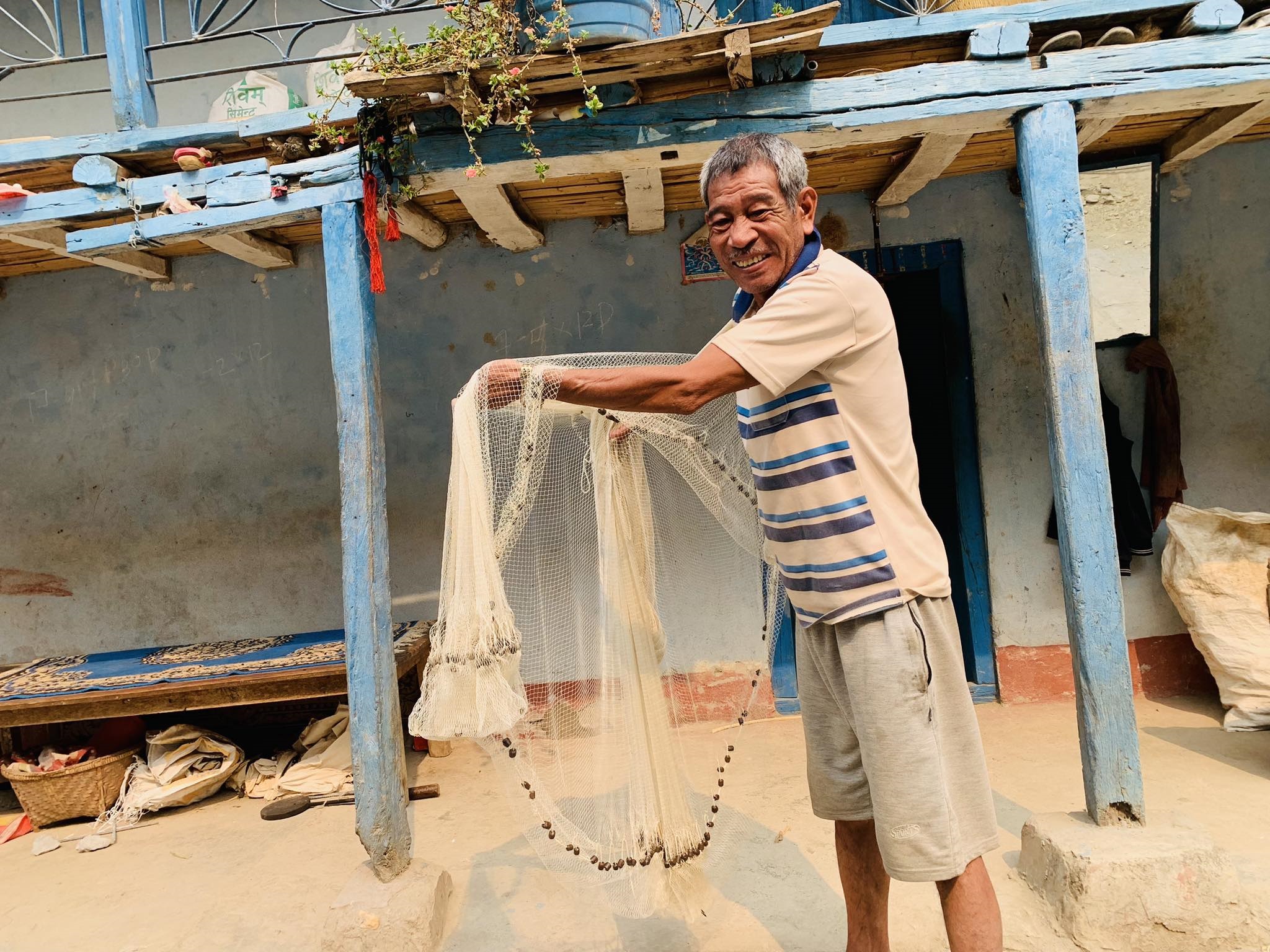
But it is not only fishing that is no longer the same. The construction of a bridge over the river marked the end of boating as a means of livelihood for many Majhi. The once vibrant riverine culture, which saw them transporting pedestrians and government messengers across the river, is now a relic of the past, with the Majhi community finding itself marginalized and reduced to a minority within their ancestral lands.
The story of the Majhi is mirrored in the life of Bharat Bahadur Majhi, 76, another former fisherman and boatman, who reflects on the transformation of the Koshi river with a heavy heart having spent over three decades boating and fishing in it. “We had to be ready whenever the mail came. At least eight Majhi fishermen had to cross the river to protect the postman who was carrying the official mail,” he recalls.
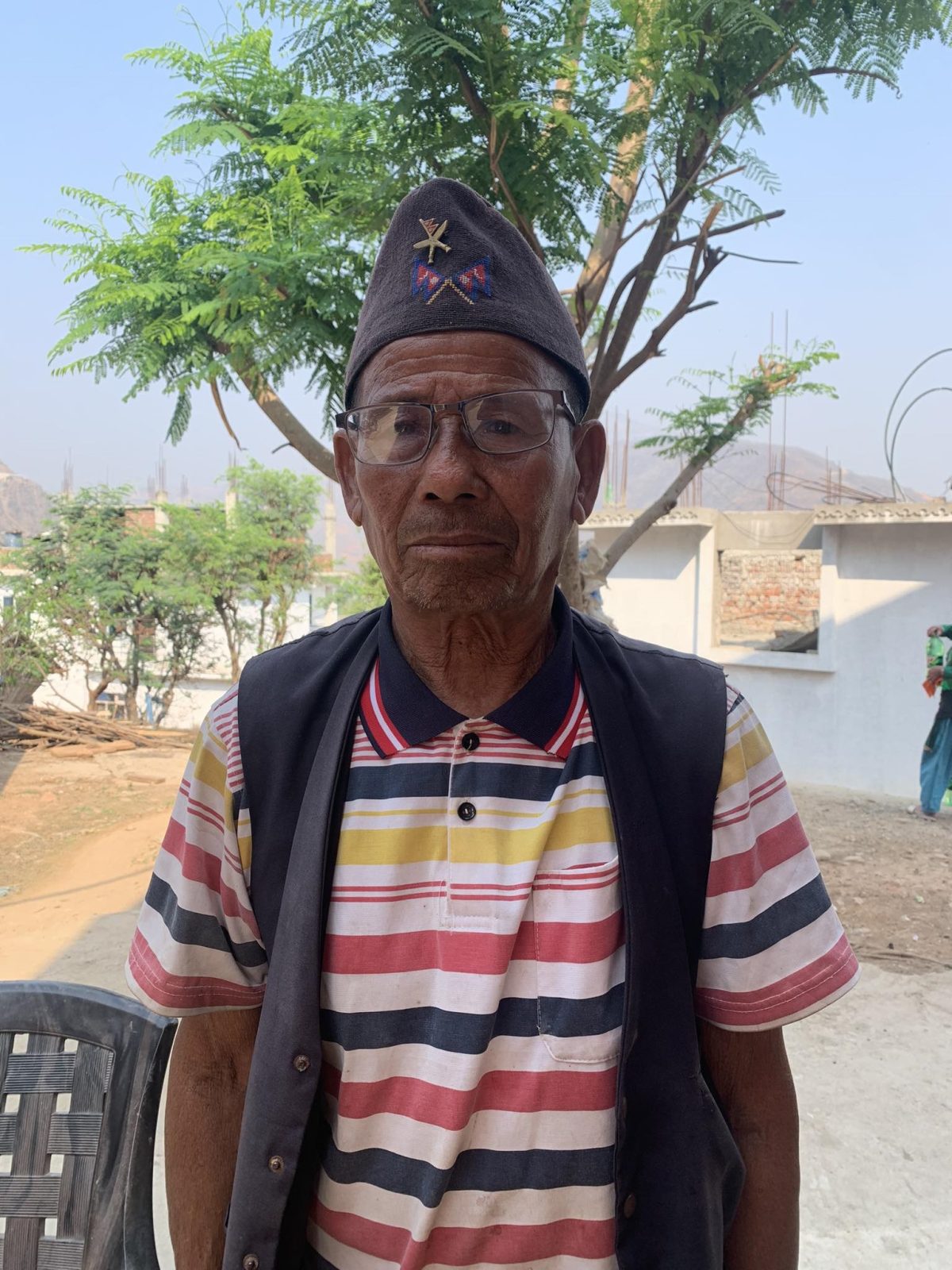
Bharat Bahadur recounts how the river’s ecosystem was also impacted by the decade-long Maoist insurgency (1996-2006), subsequent military activities, as well as unsustainable methods used nowadays which further reduced fish populations. “I think it’s like a dream and the new generation thinks my experience is only a myth,” he laments.
Now, as the Ramechhap district evolves, the Majhi find themselves increasingly landless, their traditional jobs lost to stringent regulations and modern developments.
Internal and external migration sparked by haphazard urbanization since 1989 and the Ramechhap district headquarters moved to Manthali, has seen the Majhi population dwindle in the district from 50,000 to fewer than 2,000 today.
Lalu Bahadur Tamang, a local restaurant owner and former government official, highlights the environmental degradation caused by unchecked urbanization and river dredging. “This area was once covered with Majhi huts. But after Manthali became the district headquarters, there was a sharp increase in land purchases, drilling, and river dredging often at the cost of our environment and heritage,” he notes recalling the small huts and tea shops once operated by Majhi individuals that have now been destroyed.
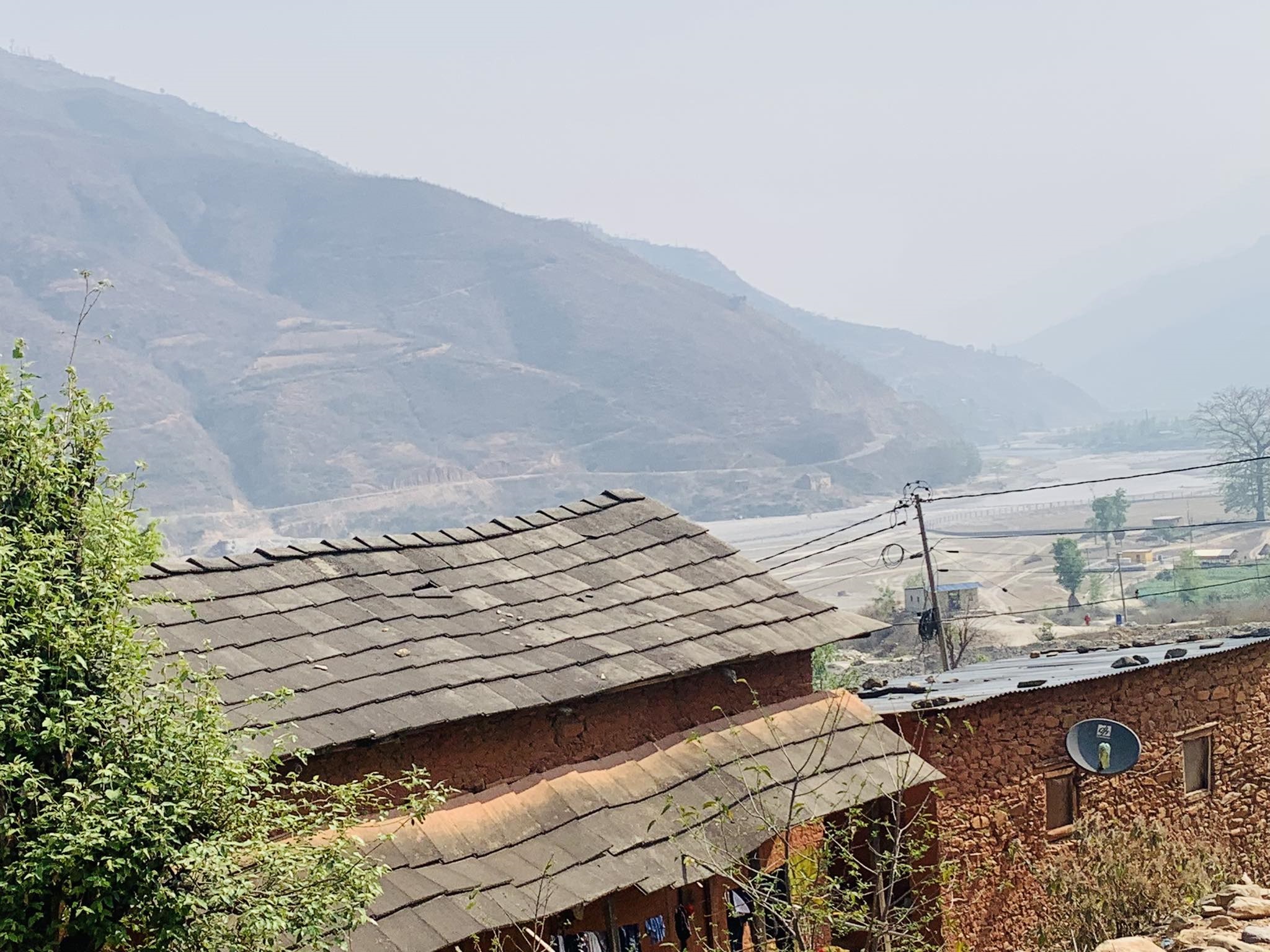
The Tamakoshi river seen from Manthali Bazar. Photo by Raman Paudel
“Experts attribute this to the impacts of climate change. I’m not sure about all the details, but the severity of what the Majhi community is experiencing is profound and its future is uncertain,” Lalu warns.
Nearly a third of Majhi families are now landless and reside on public property, claims rights activist Bipin Bhattarai who has been encouraging young entrepreneurs and farmers to engage in organic and eco-friendly local production.
Further complicating matters is the looming threat of the government-owned Sunkoshi-2 hydropower project, which promises substantial electricity generation for Nepal but at a great cost to the Majhi community. From the outset, the Majhi have staunchly opposed the project, viewing it as an existential threat.
The project is expected to flood an area of 4,500 hectares, including the majority of settlements along the Sunkoshi and Tamakoshi riverbanks in the districts of Ramechhap and Sindhuli, displacing at least 6,000 families and affecting approximately 400,000 people. Although promises of compensation for the Majhi villages have been made, significant concerns remain about the irreversible harm to their culture and way of life. Shri Bahadur Majhi, a community rights activist, is outspoken about the impact: “We are prepared to fight for our survival. We foresee the eradication of our culture and origins due to this project.”
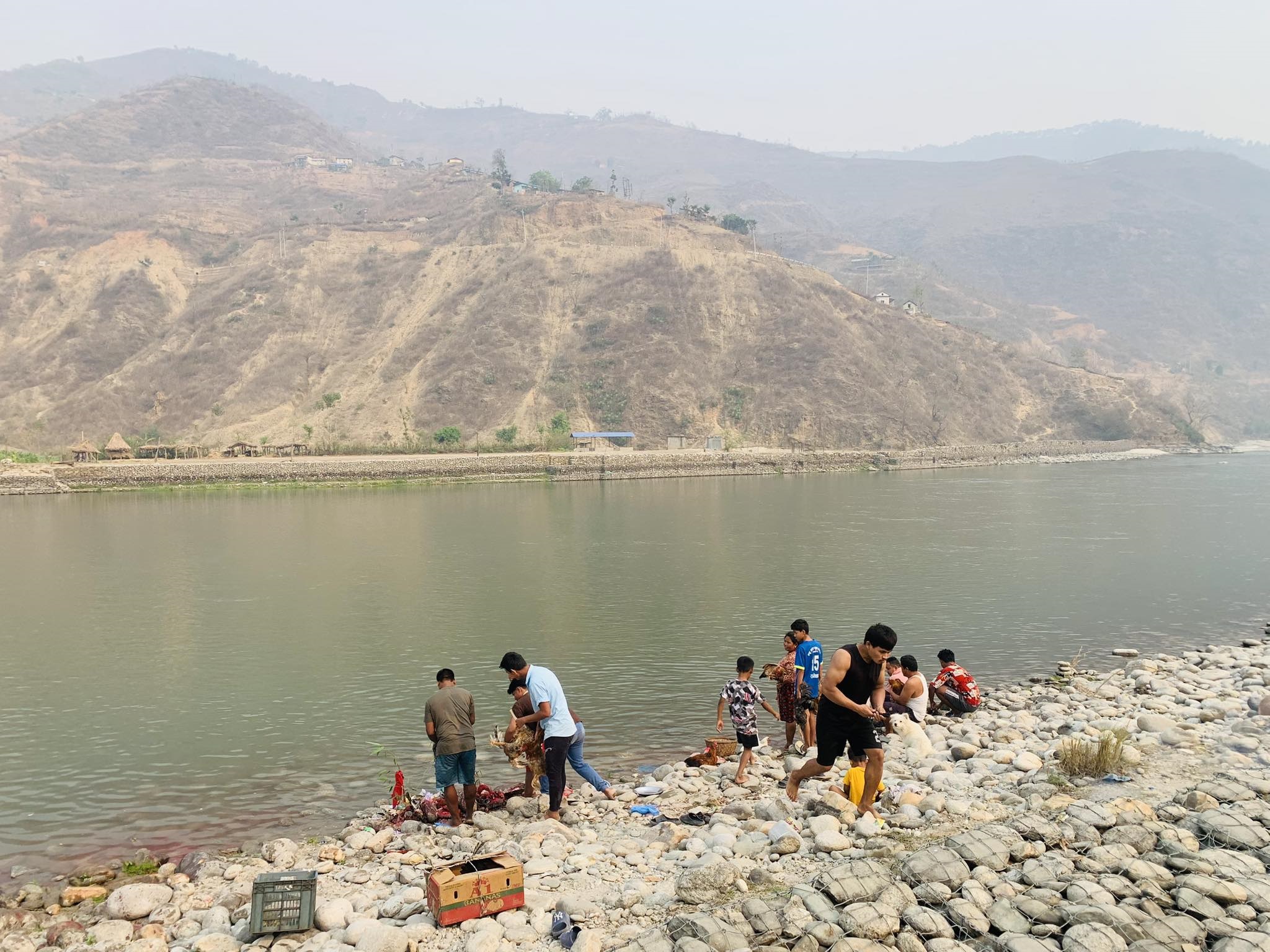
Shri Bahadur dismisses the government’s proposed compensation, stating, “This cannot replace our culture, language, and identity. Our people, living directly on the riverbanks, will bear the brunt of this project. Previously, migrants from diverse locations across the country took over our ancestral lands, and now the government is displacing us.” He further explains, “Once the project is operational, we may be relocated and dispersed, making it difficult for our community to maintain our linguistic and cultural traditions.”
Meanwhile, the local government has yet to formulate a specific plan to address the cultural preservation and displacement issues facing the Majhi community. Laba Shrestha, Mayor of Manthali Municipality, asserts, “My role is to serve all communities equally, without special privileges. Although we face many challenges in our municipality, we are developing plans to preserve Majhi culture.”
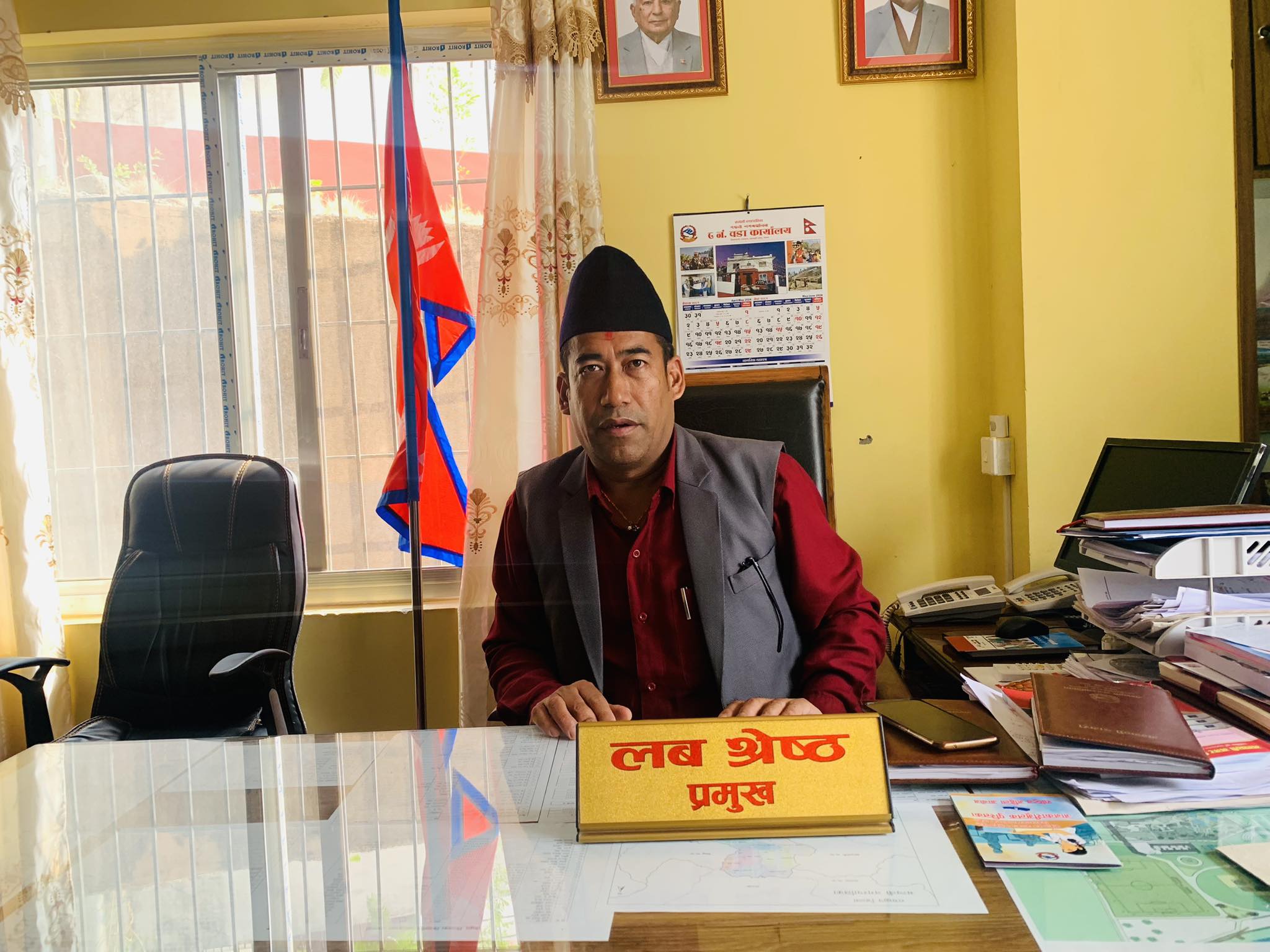
Restrictive national policies are threatening Majhi land traditions too. Majhi women, famous for their skill in brewing traditional rice beer known as ‘moon,’ have had their livelihoods curtailed by stringent alcohol regulations. These women harness a variety of local herbs along with millet, rice, corn, and wheat to produce their beverages, a craft that exemplifies their deep connection to their land and heritage. Yet, these practices are now jeopardized by laws favoring larger, commercial enterprises over indigenous methods, reflecting broader challenges in maintaining their cultural practices amidst modern economic pressures.
Amidst this struggle, Manju Majhi, President of the Majhi Utthan Sangh and a staunch advocate for the community, voices a poignant critique: “The state is displacing indigenous communities from their natural environments and paving the way for multinational corporations.” She highlights the dissonance between the government’s support for large alcohol businesses and its restrictions on the traditional, organic alcohol that is integral to Majhi rituals and daily life.
“Previously, every woman in our community had employment. We produced organic alcohol, generating income through our deep knowledge of the forest and its resources. Now, such activities are prohibited, while the government supports large businesses that sell costly, branded alcohol in our villages,”Manju explains.
She suggests that the government could allow Majhi women to operate an organic alcohol industry and collect taxes, benefiting both the community and local authorities.
This would preserve an essential aspect of their culture while also providing a viable source of income. This approach not only offers a path for economic independence but also ensures the preservation of the Majhi’s ancestral crafts and customs in the face of relentless change.
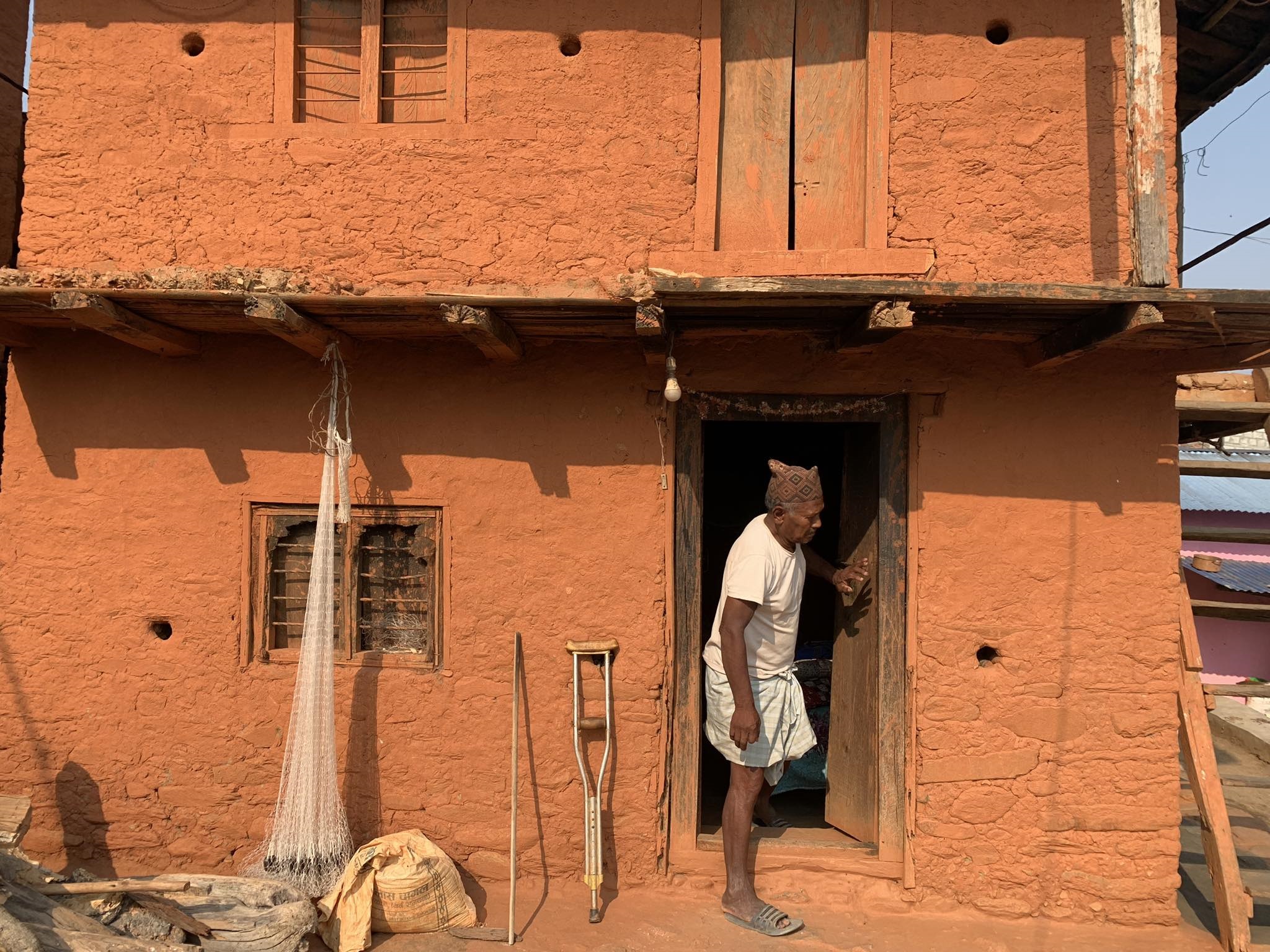
A decade ago, the Majhi community along the Tamakoshi River saw an opportunity to diversify their income through fish farming, spearheaded by two groups in Hatey Chaur and Kunauri with support from the Comprehensive Development of Society (CDS). This initiative was meant to foster entrepreneurship among local families, with leaders like Gorey Majhi and Kulman Majhi respectively, guiding 124 families in total. However, despite initial successes, both groups faced insurmountable challenges. Technical deficiencies and inadequate water flow during winter months led to the cessation of support from CDS and the eventual collapse of the fish farms.
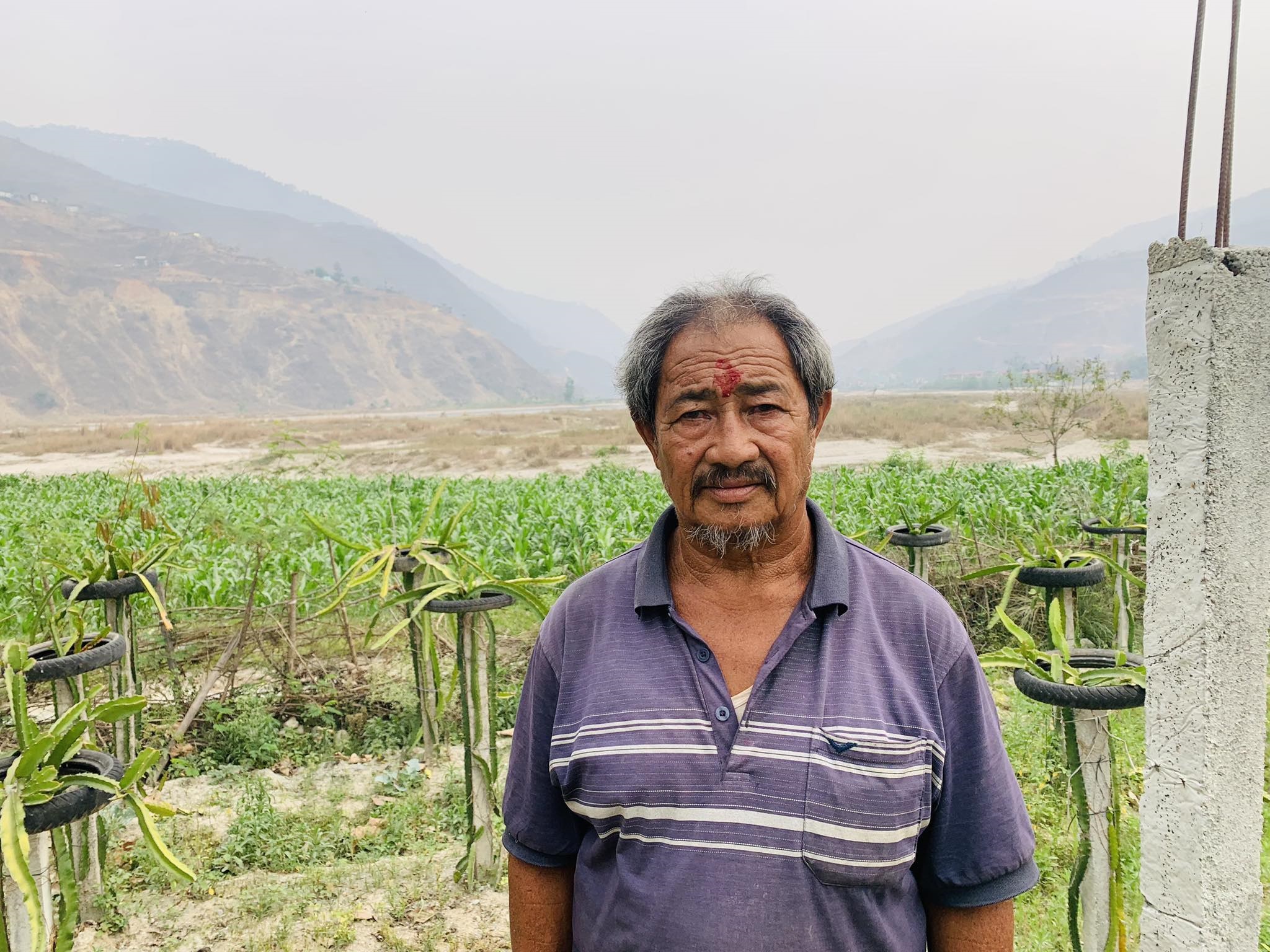
Today, Gorey Majhi, previously a village development committee ward president and a man of many trades, dedicates himself to agriculture, cultivating a variety of crops on his own land at 63 years old, setting an example for the youth in his community. In contrast, 67-year-old Kulman Majhi, whose life was deeply entwined with the river, now contends with health issues that restrict him to his home in Kunauri, supported meagerly by the inconsistent earnings of his two sons. This shift from a life abundant with the fruits of the river to one marked by struggle and change underscores the broader challenges faced by the Majhi as they navigate a rapidly altering environment and economy.
